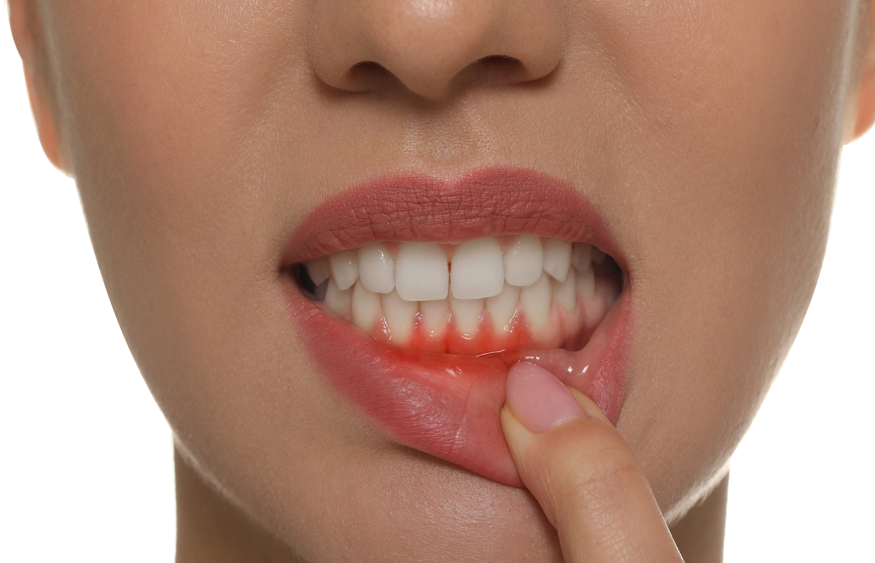Some dental problems, such as Midtown gingivitis, can take a toll on your oral health. Gingivitis involves gum inflammation that can cause your gum to bleed easily. The leading cause of this condition is plaque buildup. If left addressed, this can lead to more severe conditions, such as periodontal disease and tooth loss.
Several factors can lead to gingivitis including:
Plaque forms on your teeth: The plaque that forms on your teeth is a white, sticky substance that contains bacteria, fungi, and food particles. When exposed to oxygen in your mouth, it’s made up of these things that break into acids. The acids cause the gums to swell and bleed. If not treated, plaque can turn into tartar and cause problems such as tooth decay or gum disease.
Crooked teeth: Crooked or misaligned teeth are a major cause of gum disease, especially gingivitis. When your teeth are out of alignment, plaque can build up underneath the gum line and cause it to become inflamed and infected.
Bacteria-rich diet and poor oral hygiene: Bacteria can grow on food particles left on your teeth after eating, particularly if you don’t brush properly or use dental floss correctly. This can result in plaque buildup on dental surfaces and between the teeth, leading to gingivitis.
Gingivitis treatment options
1. Non-surgical treatments
If you have gingivitis, non-surgical treatments include;
Mouth rinses and mouthwashes: These products can help reduce the amount of bacteria in your mouth, which can help prevent gingivitis from getting worse. You can use these products as often as you like.
Breath mints: They contain ingredients that can kill bacteria, which may help control the number of bacteria in your mouth and prevent them from spreading to other areas of your oral cavity. However, they don’t replace daily cleaning and flossing.
Dental cleansers: These products cleanse your teeth and gums by removing plaque and tartar buildup from your teeth and under the gum line gingival inflammation. They contain ingredients that kill or weaken oral pathogens like Streptococcus mutants and Streptococcus sobrinus.
2. Laser gum surgery
This is a common treatment for gingivitis. A plastic surgeon will numb your gums and then make minor cuts in the gum tissue to remove the inflamed tissue. This procedure is done with a laser and does not require stitches or anesthesia. This procedure can be performed on an outpatient basis, but you may need to stay in the hospital overnight after surgery.
3. Scaling and root planning (S&R)
S&R is a procedure used to clean out the root surface of your tooth, where bacteria build up over time. Your dentist uses a scaler to remove plaque and tartar from around your teeth, which can help reduce bacteria buildup on your teeth. Afterward, they use a unique tool called a root planer to smooth out rough spots on the root surfaces of your teeth where bacteria tend to collect, called dentinal hypersensitivity point.
Call Charles M. Marks, DDS & Dental Associates to keep your dental health in prime condition.

